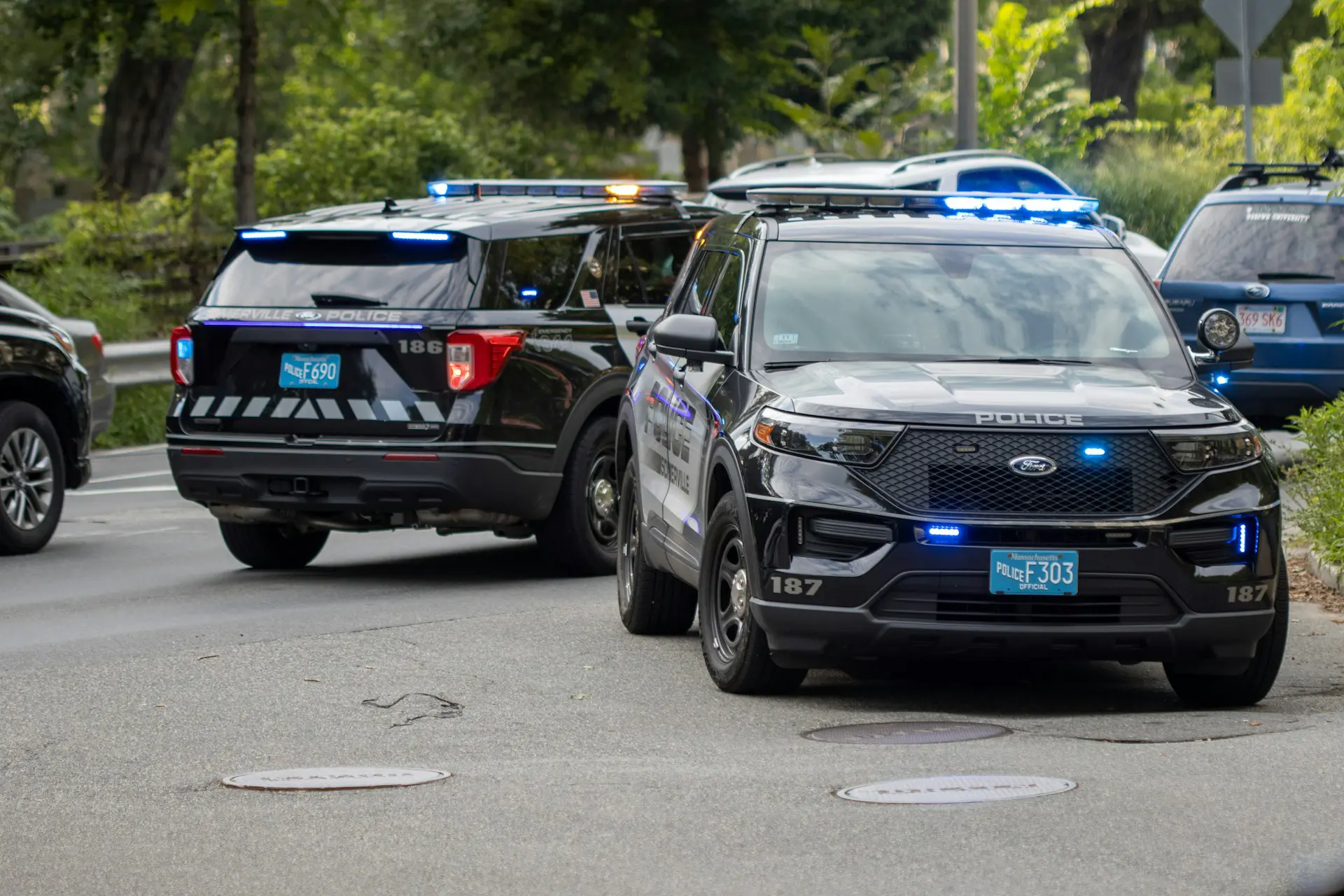
What To Do After A Car Accident
What To Do After A Car Accident: 10 Step Guide
Whether or not you’ve been in a car or motorcycle accident before, they can be extremely scary. When you are in an accident, it’s hard to remember what you are supposed to do because the adrenaline, anxiety, and shock tend to cloud your mind. But don’t worry, because Van Norman Law is here to assist you. Before giving us a call, always be prepared to do the following after an auto accident:
1. Stop immediately and call 911
If you can, call your local police or 911 emergency line immediately. When they arrive, they will be able to file a legal accident report which will be a critical factor in how your case will be represented if you choose to go to court.
2. Move your vehicle out of the way if you are able to do so
Not only is it in your best interest to pull over when you’re in an auto accident; it’s the law. Even if your vehicle received minimum damage, you must always pull over in a collision. However, if you can’t pull your vehicle over to the side of the road, remain in the vehicle with your seatbelt on until medical assistance arrives.
3. Give aid to anyone who has been injured and/or call 911
The safety of you and your passengers should always be your number one concern. Before assessing the damage to your vehicle or the vehicle of the other party, make sure everyone in your car is responsive and is able to move. If they are not, immediately call 911.
4. Exchange information with all drivers involved: name, address, license plate/registration number, driver’s license number and insurance company name and policy number
Following an accident, be prepared to take down the name, address, phone number, license plate and driver’s license number, and insurance information of the other parties involved. This is crucial to filing a case and receiving your rightful compensation.
5. Take pictures of the accident and any damages and injuries
Since most phones have high quality cameras, you’ll want to take as many photographs of your vehicle and the damage as you can. If your camera has a timestamp feature, use it. Get close ups of all the damages and take wide shots of the entire accident scene. Try to get pictures from as many angles as possible. These will be used in your case if necessary.
6. Write down the name and phone numbers of any witnesses
If there were any witnesses, ask them politely to provide statements and ask them for their name and phone number. Do not become aggressive. If they decline to offer a statement, you can ask them for their contact information instead.
7. Note the details of the accident (how it occurred, weather, traffic, etc.)
Write down everything you see that could be important, including damage to the vehicles, traffic signs, or tire marks on the pavement. The more details, the better. You never know what could come in handy.
8. Contact an experienced personal injury attorney
Generally, it is a good idea to speak with an attorney BEFORE you speak with an insurance provider. Insurance adjustors are not your friend. They want to close a claim as quickly and as inexpensively as they can. They will try to devalue your accident.
If the damage done to you or your vehicle is extensive, call our office at Van Norman Law for a FREE legal consultation. We pride ourselves on providing you with the best quality legal representation in Arizona.
9. Talk to your insurance agent and report the accident to the other driver’s insurance company, but DO NOT give a recorded statement to the opposing insurance company
Even if you know your insurance contract through and through, you can never be too sure. By contacting your insurance company, you will be able to relay the details of the incident so they can inform you as to what will and won’t be covered by your insurance.
DO NOT claim responsibility for the accident. More often than not, people tend to forget that their vehicle insurance contract explicitly states that you shouldn’t accept liability for an accident.
10. Keep track of your injuries and the expenses you incurred
You should seek medical attention, or at least consult with a medical professional even if you do not believe you have been significantly injured. Often, you may not notice soft-tissue injuries to your neck or back for hours, or even days after the accident. In part, this is because adrenaline masks pain and hides injury symptoms. If you have been injured, you want to document it as soon as possible following an accident.
If you need legal advice about a recent car accident in Scottsdale or Phoenix, contact the law office at Van Norman Law today!
Images used under creative commons license – commercial use (12/3/24). Photo by Aaron Doucett on Unsplash



